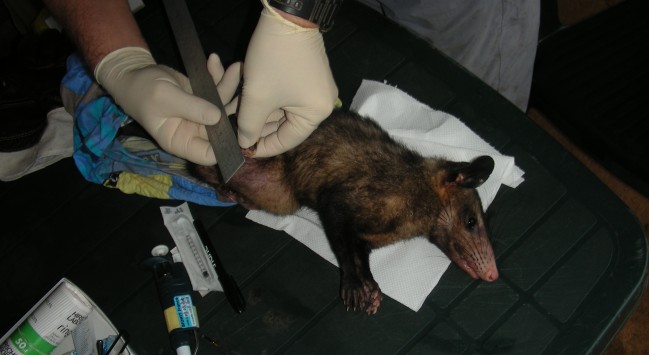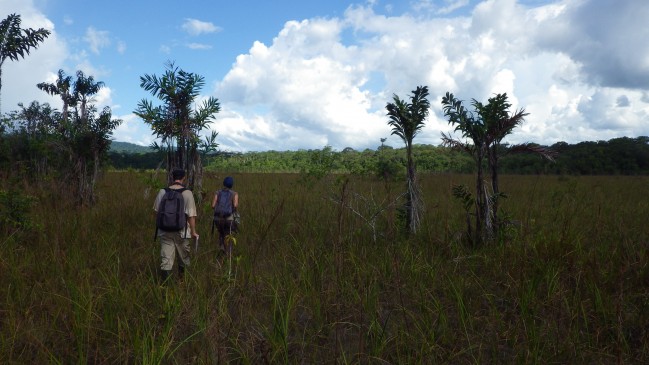Research
The acquisition of knowledge is the main requirement in the management of a nature reserve. Inventory of protected areas is therefore an essential basis of fieldwork. After all, the protection of the territory is enhanced through the knowledge of what is living in it. This is all the more justified in French Guiana, where calculating its biodiversity is simply impossible.
The inventory work represents an important part of the activity of the Trésor team. It can be very intense and demanding, and in these cases, the manager makes extensive use of external expertise. Occasionally, this is rewarded with the discovery of new species, continually lengthening the reserve’s lists.
The natural heritage of the Trésor reserve is relatively well known. Many studies have yielded very good inventories making the area one of the most well known areas in terms of flora and fauna composition. To date, 1301 plant species have been recorded in the reserve, 60 species of amphibians, 86 reptiles, 63 fish, 53 land mammals, 63 bats and 331 species of birds. Despite having already done some small-targeted surveys, knowledge of arthropods and fungi is still fairly limited.
If special attention is given to the flora and fauna, all landscape features also ought to be taken into account, giving insight into ecosystems and historical anthropogenic impacts as well. After all, knowledge of the species requires a thorough knowledge of its environment.
After the inventories, monitoring is undertaken. The aim is to visualise the changing trends in one or more species (e.g. studies on Dendrobates), ecosystems (e.g. dynamics of the savannahs) or cyclical events (phenology of the flora).




